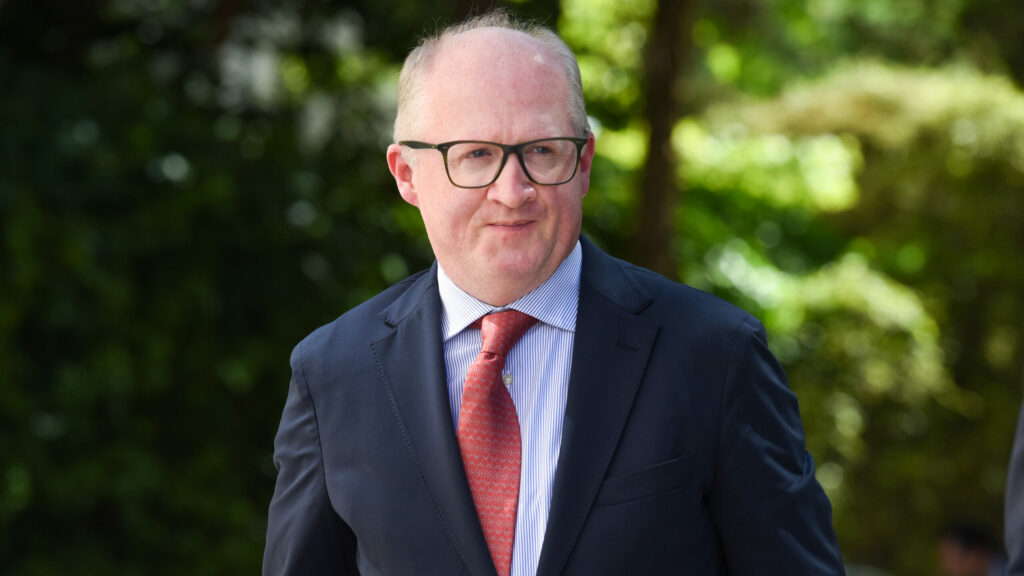The chief economist of the European Central Bank (ECB), the Irish Philip Lanehas advocated this Monday for raise interest rates at a “steady pace”, that is, “not too slow and not too fast”, because it will allow you to “make mid-course corrections” if necessary. Lane has announced that the next September meeting of the Governing Council of the institution “will be the beginning of a new stage” in the normalization of euro zone monetary policy in which the central bank will apply a “meeting by meeting” approach (MBM) in setting interest rates and has argued that a more gradual approach to rate adjustment reduces risks to stability and allows corrections to be made if necessary.
“Once this initial stage of normalization of monetary policyour next monetary policy meeting in September will be the beginning of a new stage,” Lane assured during his speech at a conference organized in Barcelona by the Central Bank Research Association (CEBRA).
In this sense, the central banker has defended that the transition from the orientation to the future on the monetary policy of the ECB to the MBM approach gives the entity flexibility that is better suited to calibrating monetary policy in a highly uncertain environment. Thus, first, the new approach allows for meeting-by-meeting reassessments of the expected medium-term path for interest rates to achieve the 2% targetbased on incoming data and evolving outlooks, plus, at a tactical level, the exact calibration of the rate decision should also take into account the appropriate speed to close that gap.
“Especially under conditions of high uncertainty, each of these factors can change materially from one meeting to the next.“, has pointed out the economist, for whom the current zero value of the rate “is below any calculation of the appropriate terminal rate”, so a greater normalization of interest rates will be appropriate.
In fact, he pointed out that, in anticipation of further rises in interest rates towards the terminal rate, the yield curve for the euro zone is much higher than the current reference rate, which implies that the degree of monetary tightening that has already taken place is much greater than the first step in July, when the ECB raised the reference rate by 50 basis points.
Speed of rate hikes
On the other hand, regarding the appropriate speed to close the gap between the prevailing interest rate and the appropriate terminal rateLane has pointed out the importance of the fact that the medium and long segments of the yield curve, “which are the most important in determining the financing conditions in the economy”, are much more sensitive to the expected terminal rate than to the line of interest. It takes time to converge to the terminal rate.
In this way, he has stated that “a constant pace (that is neither too slow nor too fast) to close the gap with the terminal rate is important”. In particular, the chief economist of the ECB has argued that it is less likely that the same rate hike accumulated over a fixed interval will generate more adverse effects for price stability if implemented in the form of “a multi-step calibrated series rather than a smaller number of larger rate increases”.
Likewise, Lane has pointed out that a multi-step adjustment path to the terminal interest rate also makes it easier to make mid-course corrections if circumstances change.
However, the Irishman has stressed that when calibrating a series of several steps, the appropriate size of these individual increases will be greater the greater the gap with the terminal rate and the more skewed the risks with respect to the inflation target.








![[Img #74662]](https://thelatestnews.world/wp-content/uploads/2024/12/Organisms-with-the-shortest-life-150x150.jpg)




Add Comment